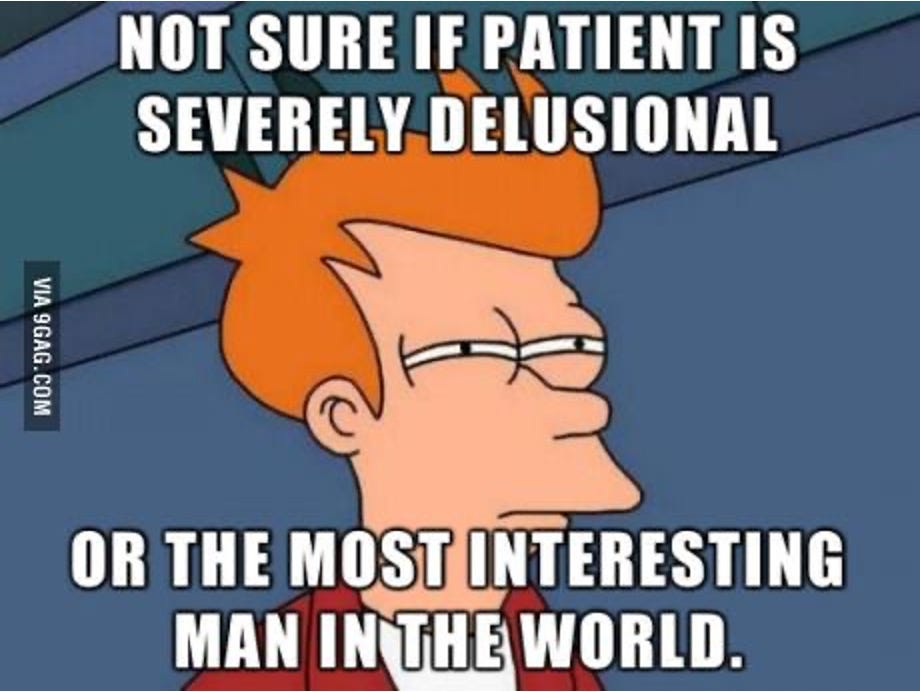Why Health Care Is a Hot Topic in Federalism Debates

Why American healthcare is a total mess (and who’s actually to blame).
Imagine playing a board game where half the players follow one set of rules and the others follow something completely different.
That’s basically American healthcare.
The reason? Federalism – our system where power is divided between the federal government and states.
This creates a chaotic landscape where both levels of government have significant but often conflicting roles in healthcare policy. One side wants to go left, the other right, and we end up going nowhere fast.
The Healthcare Tug-of-War: Why It Never Ends
Who’s Actually in Charge Here? Nobody Really

The federal government sets broad standards and funds huge programs like Medicare and Medicaid, while states get to decide how to implement these programs, regulate insurers, and innovate their own solutions.
This shared power creates a mess where:
- Federal laws establish minimum requirements nationwide
- States get to decide how (or sometimes if) they’ll follow those requirements
- Both sides point fingers when things go wrong
For example, when the Affordable Care Act passed, states could choose whether to expand Medicaid or not. This created a bizarre situation where your healthcare access literally depends on which side of a state line you live on.
It’s a Political Football (And You’re Getting Tackled)
Healthcare has become a proxy battle for deeper ideological divides:
- Republicans typically want more state control and less federal involvement
- Democrats usually push for expanded federal oversight and uniform standards
- Both sides use healthcare to score political points
This means healthcare policy gets yanked back and forth with each election cycle. Just when you think you understand the system it changes again!
State vs. State: The Healthcare Hunger Games

States are wildly different in their:
- Demographics
- Healthcare infrastructure
- Financial resources
- Urban-rural composition
This diversity makes a single federal approach nearly impossible to implement fairly. What works for densely populated Massachusetts might be a disaster for rural Montana.
Some call states the “laboratories of democracy,” but in healthcare, this can lead to a patchwork system where your access to care depends on your ZIP code. Is that really fair?
Money, Power, and Politics (The Unholy Trinity)
Let’s be real – healthcare represents about one-fifth of the entire U.S. economy. That’s TRILLIONS of dollars.
With that much money involved, the stakes are astronomical. This explains why:
- Healthcare intersects with tax policy, employment, and social welfare
- Political battles are so fierce
- Special interests fight so hard to maintain their influence
The Commonwealth Fund consistently ranks the U.S. healthcare system last among developed nations despite spending the most. That’s not an accident – it’s a design feature of our divided system.
The Structural Problems Making Everything Worse

Legal Constraints That Tie Everyone’s Hands
Our system is further complicated by laws that limit what states can actually do.
For example, the Employee Retirement Income Security Act (ERISA) gives employers a “double exit” option to avoid state healthcare regulations by:
- Relocating to another state
- Using federally-preempted plans
This means states often can’t effectively regulate employer-provided coverage, which is how most Americans get their insurance. Talk about a Catch-22!
The ACA: A Perfect Example of Federalism’s Flaws
The Affordable Care Act perfectly demonstrates federalism’s impact:
- Created national standards and subsidies
- But relied on states to administer Medicaid expansions
- Let states establish (or not establish) insurance marketplaces
- Allowed states to regulate insurers differently
The result? A patchwork system with dramatically uneven coverage across the country. Some states embraced the law and saw massive coverage gains. Others resisted and saw much smaller improvements.
When States Fail, Who Picks Up the Pieces?
While giving states flexibility sounds good in theory, it has serious downsides:
- States can enact inefficient or inequitable policies
- These failures often require federal bailouts or interventions
- Without federal “preemption,” states may get trapped in costly regulatory schemes
- This increases overall health spending without improving access
On the flip side, too much federal control risks imposing one-size-fits-all mandates that don’t work for diverse state populations. It’s a delicate balance that we’ve never quite figured out.
The Path Forward (If There Even Is One)
Can This System Be Fixed?
The fundamental question is whether our federalist system can ever deliver efficient, equitable healthcare. The evidence so far isn’t encouraging.
Many other developed nations with universal healthcare systems don’t have our federalist structure and achieve better outcomes at lower costs. They don’t have to navigate the complex dance between national and state governments.
But completely abandoning federalism isn’t realistic in America. Our entire political system is built on this division of power.
What Might Actually Work?
Instead of grand overhauls, incremental improvements might be our best bet:
- Clearer division of responsibilities between federal and state governments
- More consistent funding formulas that don’t punish or reward states for political reasons
- Evidence-based policy that puts outcomes above ideology
- Bipartisan compromise (I know, I know but we can dream)
The Reality Check

Healthcare will likely remain contested as long as federalism exists. The tension between national standards and state flexibility, political ideologies and economic realities, legal constraints and diverse population needs ensure healthcare will continue to be at the center of vigorous debate.
In the meantime, ordinary Americans are caught in the middle, navigating a system that’s expensive, complicated, and inconsistent.
The next time you’re frustrated with your healthcare, remember – it’s not just you. It’s the system working exactly as designed which is to say, not very well at all.

